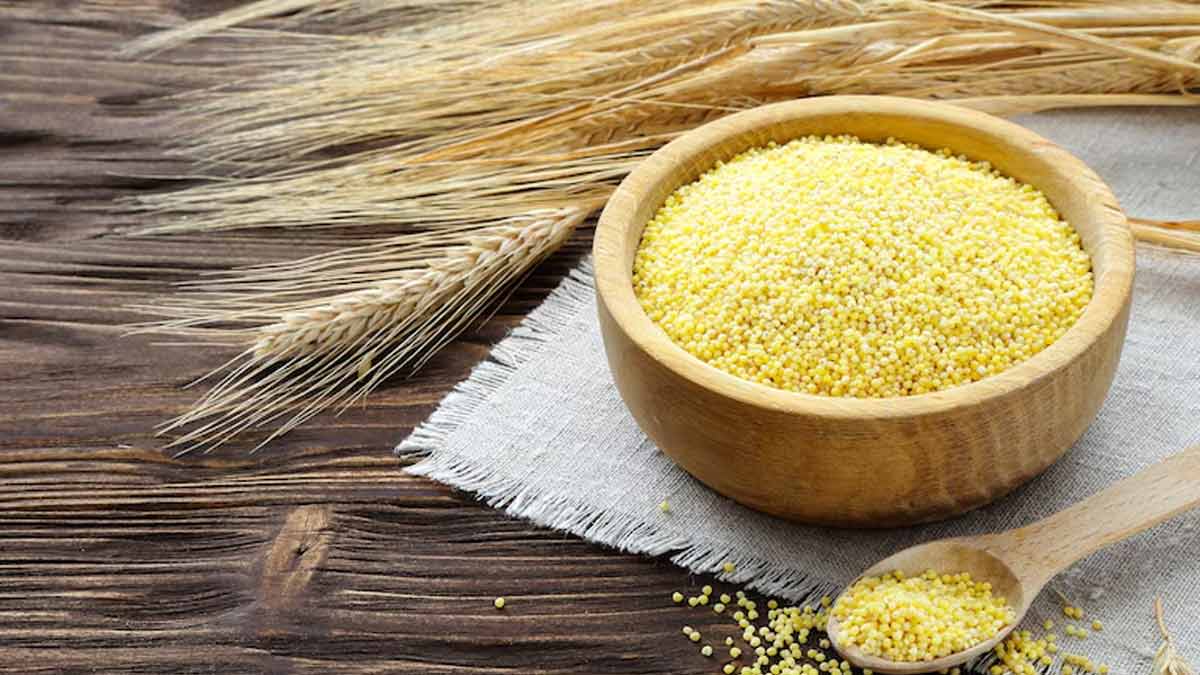
In recent years, the spotlight on ancient grains has illuminated a long-forgotten hero of the cereal world: foxtail millets. These tiny grains, often overshadowed by their more popular counterparts, have been a staple in traditional diets across Asia and Africa for centuries. As modern diets seek healthier alternatives, foxtail millets are making a triumphant comeback, and for good reason.
Table of Content:-
Nutritional Powerhouse
Foxtail millets are packed with essential nutrients, making them a valuable addition to any diet. They are rich in carbohydrates, which provide a steady release of energy, making them an excellent choice for sustained energy levels throughout the day. Additionally, they are a good source of protein, containing all the essential amino acids needed by the body for growth and repair.
A Rich Source of Micronutrients
One of the most remarkable features of foxtail millets is their impressive micronutrient profile. They are an excellent source of iron, which is essential for the production of red blood cells and oxygen transport in the body. They also contain significant amounts of magnesium, a mineral crucial for muscle and nerve function, as well as phosphorus, which is important for bone health.
Also read: Here's Why You Should Choose Millet Flours Over Wheat And Maida
Low Glycemic Index

For those watching their blood sugar levels, foxtail millets are an excellent choice. They have a low glycemic index, which means they cause a slower and more gradual rise in blood sugar levels compared to other grains. This makes them a great option for individuals with diabetes or those looking to manage their weight.
Rich in Dietary Fiber
Foxtail millets are an excellent source of dietary fiber, which plays a crucial role in digestive health. Fiber helps regulate bowel movements, prevent constipation, and promote a healthy gut microbiome. It also helps control appetite by increasing feelings of fullness, making it easier to maintain a healthy weight.
Gluten-Free and Non-Allergenic
For individuals with gluten intolerance or celiac disease, foxtail millets are a safe and nutritious alternative. They are naturally gluten-free, making them suitable for those with gluten sensitivities. Additionally, they are non-allergenic, making them a great option for those with food allergies.
Also read: Gluten-Free Goodness: Navratri Foods For Celiac Disease Patients
Versatile and Easy to Prepare

Foxtail millets are incredibly versatile and can be used in a variety of dishes. They can be cooked and served as a side dish, similar to rice or couscous, or used as a base for salads, stir-fries, and stews. They can also be ground into flour and used to make bread, pancakes, and other baked goods.
Environmental Sustainability
Aside from their nutritional benefits, foxtail millets are also environmentally sustainable. They require significantly less water and resources to grow compared to other grains, making them a more environmentally friendly choice. Additionally, their cultivation helps preserve biodiversity and traditional farming practices.
Conclusion
Foxtail millets are a nutritional powerhouse with a range of health benefits. Their impressive nutrient profile, low glycemic index, and versatility make them a valuable addition to any diet. Whether you're looking to improve your health, manage your weight, or simply try something new, foxtail millets are definitely worth a spot on your plate.
Also watch this video
How we keep this article up to date:
We work with experts and keep a close eye on the latest in health and wellness. Whenever there is a new research or helpful information, we update our articles with accurate and useful advice.
Current Version